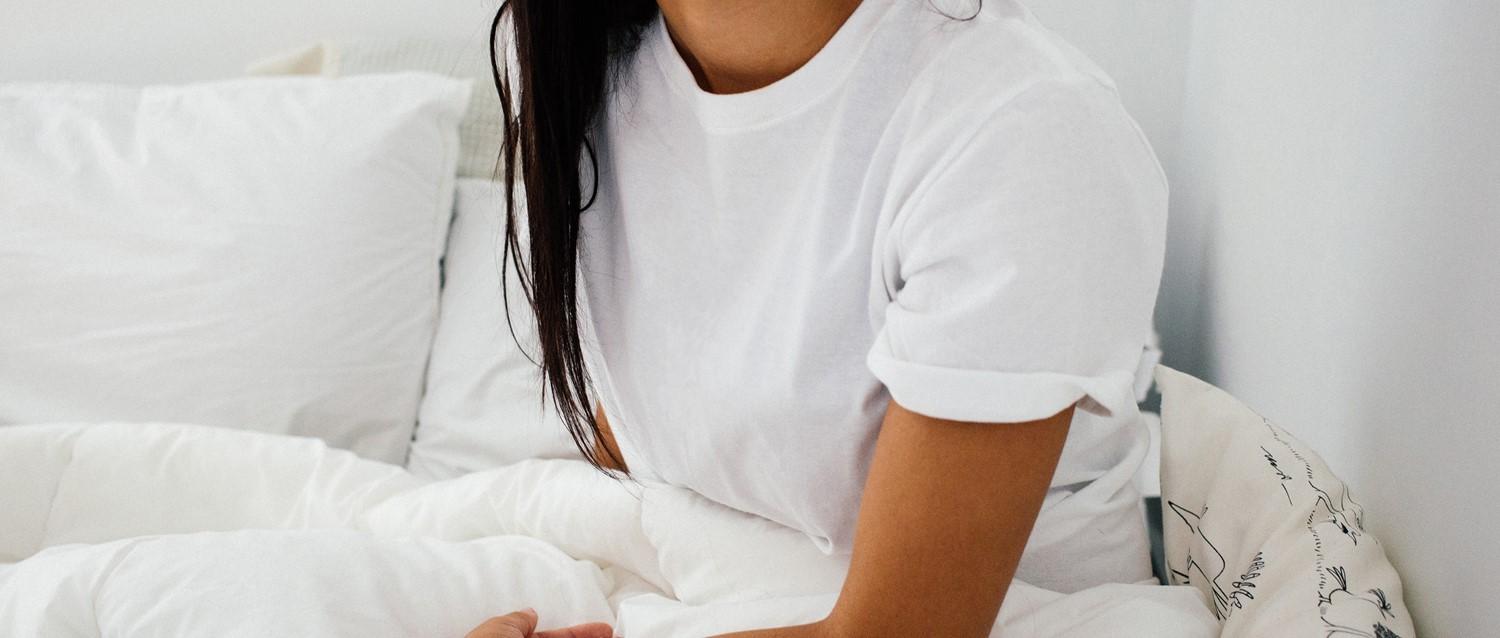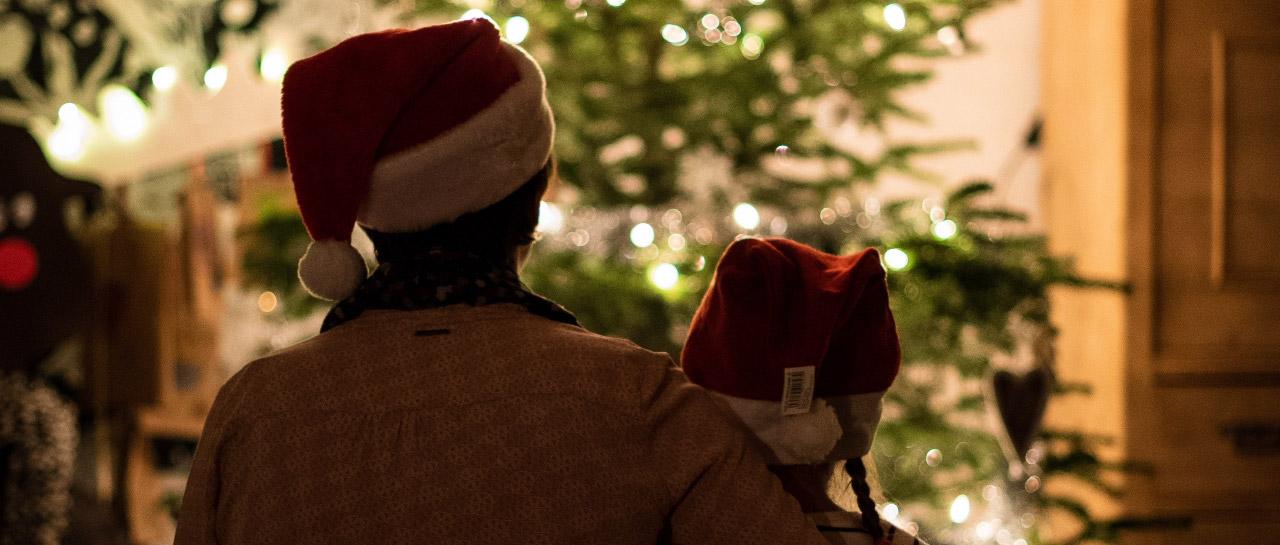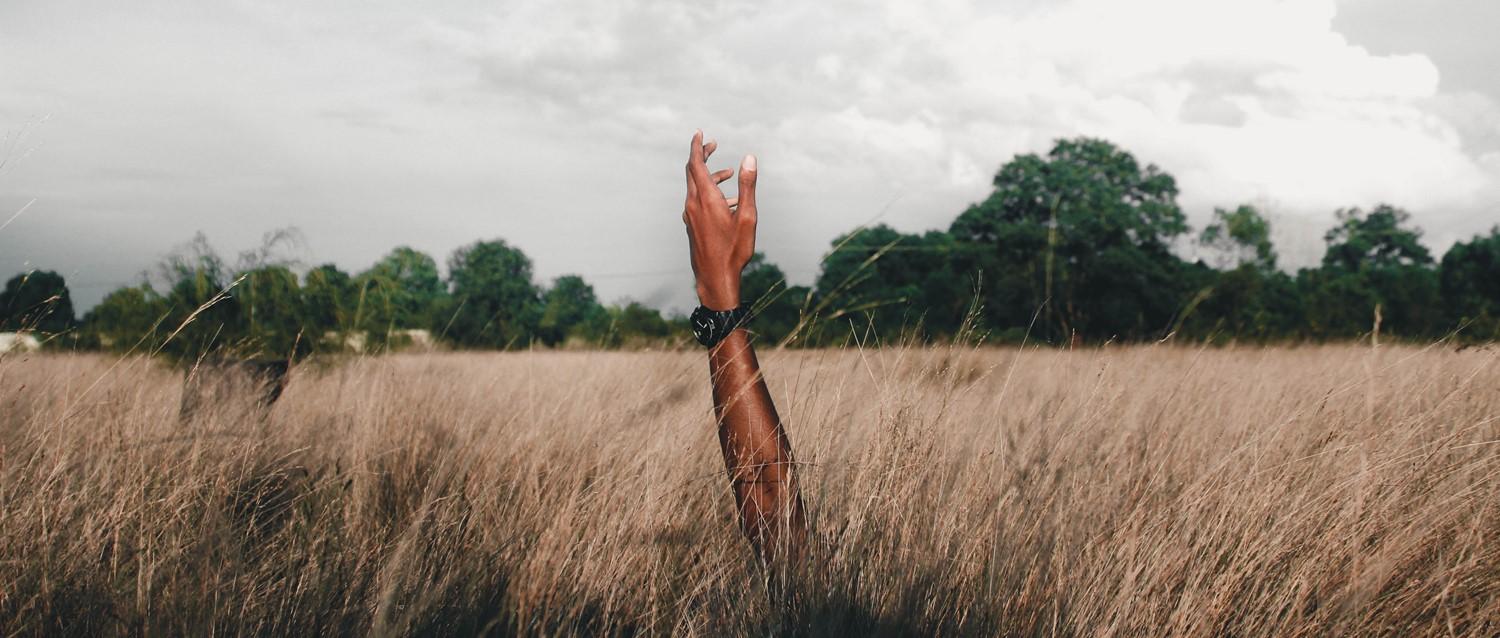
Coronavirus COVID-19 : dois-je m'auto-isoler ?
Peer reviewed by Dr Sarah Jarvis MBE, FRCGPLast updated by Milly EvansLast updated 17 Feb 2020
Répond aux besoins du patient lignes directrices éditoriales
- TéléchargerTélécharger
- Partager
- Langue
- Discussion
We're learning more about the new coronavirus (SARS-CoV-2) every day. So what do we know about how it's being spread, and what steps can you take to protect yourself?
Dans cet article :
Cette rubrique est désormais obsolète. Vous trouverez nos derniers articles et conseils sur le coronavirus et le COVID-19 dans notre centre d'information sur le coronavirus.
Vous devriez utiliser l'outil d'autocontrôle du NHS 111 pour savoir quelles mesures vous devez prendre dans les cas suivants :
Vous présentez des symptômes de fièvre, de toux ou d'essoufflement.
Vous avez été en contact étroit avec une personne présentant un cas confirmé de coronavirus.
Vous êtes revenu des endroits suivants, même si vous ne présentez pas de symptômes:
N'importe où en Italie à partir du9 mars.
Zones spécifiques en Italie du Nord au cours des 14 derniers jours
Iran au cours des 14 derniers jours.
province de Hubei en Chine au cours des 14 derniers jours.
Daegu, Cheongdo ou Gyeongsan en Corée du Sud au cours des 14 derniers jours.
Vous êtes revenu des lieux suivants au cours des 14 derniers jours et vous avez de la fièvre, de la toux ou un essoufflement, aussi léger soit-il:
Italie (en dehors de certaines régions du nord de l'Italie) avant le9 mars
Chine continentale en dehors de la province de Hubei
Corée du Sud en dehors de Daegu, Cheongdo et Gyeongsan
Cambodge
Hong Kong
Japon
Laos
Macao
Malaisie
Myanmar
Singapour
Taïwan
Thaïlande
Vietnam
Tant que vous n'avez pas utilisé l'outil et qu'on ne vous a pas conseillé les mesures à prendre, restez chez vous et évitez tout contact avec d'autres personnes.
The new coronavirus, SARS-CoV-2, is responsible for a new respiratory disease, Covid-19. As of 14th February, there have been more than 70,000 cases, including 51,857 laboratory confirmed cases. There have been 1,770 deaths, including three outside of China. In the UK, nine cases have been confirmed.
So, do we all need to start wearing surgical masks and carrying hand sanitiser? We take a look at how SARS-CoV-2 spreads and what you can do to protect yourself.
Poursuivre la lecture ci-dessous
Are the symptoms of Covid-19 different from colds or flu?
Doctors have now had a chance to study a large number of infected people to find out which symptoms are most common in SARS-CoV-2 infection and how you might tell them apart from other viruses that affect the airways, including colds and flu.
What this study tells us is that:
If you don't have a fever, you're unlikely to be infected (although a small number of people can be infected, and pass the virus on, without any noticeable symptoms).
Runny nose and sneezing are not typical features of SARS-CoV-2 infection.
The proportion of infected people with the following symptoms of SARS-CoV-2 infection is:
Fièvre - 98%.
Cough - 76%.
Shortness of breath - 55%.
Muscle ache or tiredness - 44%.
Crachats - 28%.
Headache - 8%.
Crachats de sang - 5%.
How does it spread?
We're not exactly sure how SARS-CoV-2 is spread; as the virus only appeared in December, there isn't enough evidence to explain exactly how it's transmitted. But this new virus is part of the coronavirus family which includes the common cold and SARS. So we can take what we know about those viruses and apply it to the new virus where relevant.
Similar viruses are spread by cough and sneeze droplets. The fact that some people have caught coronavirus from someone who had no symptoms suggests breathing in someone's cough or sneeze droplets directly isn't the only way to catch the virus.
That leaves the theory that the virus can be picked up from surfaces where it's landed. We're also not sure how long the virus survives outside the body. Most of the time, the amount of infectious virus on any contaminated surface will significantly reduce within a day, and even more within two days.
However, this depends on various factors such as the type of surface, exposure to sunlight, temperature and humidity and exposure to cleaning products. There's no doubt that regular hand washing is one of the best ways to protect yourself against a host of infections, including coronavirus.
There's no evidence that the virus is being passed on from post or packages from China.
How can I reduce my risk of catching the virus?
Sales of medical face masks are going into overdrive. One French supplier, Kolmi Hopen, had half a billion masks ordered within the first week of February - they usually make around 170 million masks in a whole year.
But these masks are actually not very effective in preventing this virus. They are useful in clinical settings like hospitals but there isn't evidence that they are beneficial for widespread disease prevention. This is because the masks have to be worn correctly, changed frequently, removed correctly and disposed of safely to be effective.
So what can you do to reduce your risk of Covid-19?
Ayez toujours sur vous des mouchoirs en papier et utilisez-les pour vous couvrir la bouche et le nez lorsque vous éternuez. Mettez le mouchoir à la poubelle (de préférence dans une poubelle avec couvercle) et lavez-vous les mains ou utilisez un désinfectant pour les mains. S'il n'y a pas de mouchoir, toussez ou éternuez dans votre coude plutôt que dans vos mains.
Wash your hands frequently and properly. This means using the World Health Organization recommended handwashing method, hot water and soap. If you can't wash your hands, use a hand sanitiser and wash your hands at the earliest opportunity.
Évitez de toucher votre visage, en particulier votre bouche, vos yeux et votre nez, avec des mains qui n'ont pas été lavées.
Évitez tout contact avec des personnes souffrantes.
Poursuivre la lecture ci-dessous
When should you isolate yourself?
If you suspect that you have Covid-19, you should not attend your GP or a hospital. You should stay indoors and call 111 or the relevant number if:
You've been to mainland China, Thailand, Japan, Republic of Korea, Hong Kong, Taiwan, Singapore, Malaysia or Macau and have symptoms of cough or fever or shortness of breath within two weeks of returning; or
You have been in contact with someone with a confirmed case of coronavirus, even if you feel entirely well.
In England and Wales, call 111. In Scotland, ring your GP during opening hours and 111 (NHS24) out of hours. In Northern Ireland, ring the coronavirus 24/7 helpline on 0300 200 7885. Follow the advice provided.
When you ring the relevant number, inform them of your recent travel or contact with a confirmed case and any symptoms.
In some case, this can progress to serious illness including pneumonia and severe breathing problems.
If you do need to attend hospital, follow all advice given to you by 111 or your relevant number and do not use public transport to get there.
NHS hospitals have been ordered to set up isolation 'pods' for those with suspected coronavirus to keep them away from other patients. If a clinician suspects coronavirus, they will organise for nose, throat and deeper respiratory samples to be tested at one of the twelve laboratories with access to the test in the UK. You will be treated in isolation and those treating you will wear protective gear to prevent them catching the virus.
There is no treatment for SARS-CoV-2 but symptoms can often be managed. Many patients worldwide have been able to clear the virus and be discharged.
What is contact-tracing?
Each person with a confirmed case of coronavirus in the UK is being questioned in detail about their contact with other people and recent movements (such as transport or places they've visited). This is called contact-tracing. It's used by clinicians to establish possible further transmission of disease.
Those who have been in touch with a carrier of the virus are being contacted and some are being considered for self-isolation. This means that they will be asked to isolate themselves at home until it is clear that they aren't going to get ill, which may take up to two weeks.
Contact with a carrier is described as physical contact or spending fifteen minutes within 6ft of them. For existing cases, this has so far included bar staff, people sitting nearby on a plane and a handful of GP practice patients.
If you are asked to self-isolate, you should remain at home and not go to work, school or public areas for 14 days. This means not leaving your house, including to go to the shops to get food or taking children to school. Where possible, have friends, family members or delivery services carry out errands for you. Limit all contact with other people for two weeks, as this is the incubation period for the virus.
Sélection de patients pour Informations générales

COVID-19
COVID-19 : comment rester en sécurité à Noël
Noël arrive à grands pas et, après avoir été annulé l'année dernière à cause de la pandémie, on espère que les festivités seront plus nombreuses cette fois-ci. Mais le COVID-19 n'a pas disparu et, en cette période de fêtes, il est encore très important de veiller à être "COVID-safe" et à atténuer autant que possible les risques liés au virus.
par le Dr Sarah Jarvis MBE, FRCGP

COVID-19
Pourquoi les personnes noires et asiatiques sont-elles plus exposées au risque de COVID-19 ?
Une nouvelle étude nationale a révélé que les Noirs et les Asiatiques sont plus susceptibles que les Blancs de mourir du COVID-19. Pour sauver des vies, les médecins et les patients ont besoin de conseils spécifiques pour comprendre comment et pourquoi le virus affecte différemment les personnes de différentes ethnies.
par Ellie Broughton
Poursuivre la lecture ci-dessous
Historique de l'article
Les informations contenues dans cette page ont été évaluées par des cliniciens qualifiés.
17 Feb 2020 | Latest version

Demandez, partagez, connectez-vous.
Parcourez les discussions, posez des questions et partagez vos expériences sur des centaines de sujets liés à la santé.

Vous ne vous sentez pas bien ?
Évaluez gratuitement vos symptômes en ligne
Sign up to the Patient newsletter
Your weekly dose of clear, trustworthy health advice - written to help you feel informed, confident and in control.
By subscribing you accept our Privacy Policy. You can unsubscribe at any time. We never sell your data.